When it comes to surviving a heart attack, medical intervention is key. Acting quickly and getting the right care can make a world of difference in your recovery.
Here are some steps you should take if you or someone else experience signs of a heart attack:
Call Emergency Services
If you see someone having a heart attack, it is important to take quick action. First, call 911 (or your local emergency service) immediately and provide your location and the details of the situation. Take note of any signs and symptoms they are exhibiting such as chest pain, shortness of breath, nausea or sweating.
Perform CPR
Ensure there are no objects blocking the person’s airway or neck before beginning CPR if needed. If possible, give them an aspirin to chew on in order to thin their blood and help prevent clots. Remain calm and provide reassurance and comfort until professional medical help arrives.
You can watch this video to get some idea on how to do CPR in an emergency. There are tons of other videos on youtube on CPR as well.
How to administer CPR during a heart attack
If you are trained in CPR, giving it to a patient having a heart attack can be a lifesaving measure. To do so, start by revealing the patient’s chest and placing your hands in the center of their breastbone. Push hard and fast on their chest at a rate of 100-120 compressions per minute. Give two breaths after every 30 compressions. Continue this cycle of compression and breaths until medical help arrives, or until the patient regains consciousness and begins normal breathing. If you are not trained in CPR, call 911 as soon as possible and provide your location and any details regarding the situation.
How NOT to do CPR during a heart attack
This tweet here by a good doctor shows how NOT do to CPR.
You can see that the person is trying to deliver CPR to the patient who is visibly conscious. However, CPR should only be administered when the patient is unconscious. Furthermore, they are sitting on an office chair, which is not the right way to deliver CPR – the patient should be laid flat on their back to ensure that pressure from CPR is properly applied.
At the hospital
At the hospital, medical staff will run tests and make an accurate diagnosis of your condition. Treatment may include medications or procedures such as angioplasty or stenting. If a medication-based approach is chosen, medications may include aspirin, thrombolytics, nitroglycerin, beta blockers and ACE inhibitors.
Once released from the hospital, it’s important to make lifestyle changes that can reduce your risk of having another heart attack. These may include quitting smoking (if applicable), exercising regularly, and making dietary changes such as avoiding saturated fat, processed foods and red meat. You may also need to take medications to help keep your cholesterol levels in check.
Following a heart attack, you may be eligible for rehabilitation programs designed to help you get back on your feet quickly. These programs involve supervised exercise, stress reduction techniques, and a tailored nutrition plan. Additionally, your doctor may recommend lifestyle changes such as quitting smoking or reducing your stress levels.
Surviving a heart attack is possible but requires fast action and proper medical care. If you experience any of the signs of a heart attack, do not hesitate to call 911 for help. With the right treatment, you can get back to living a healthy life. Please speak with your doctor or healthcare provider for more information on how to best manage and prevent heart attack symptoms. With the right treatment and lifestyle changes, you can make a full recovery after experiencing a heart attack.
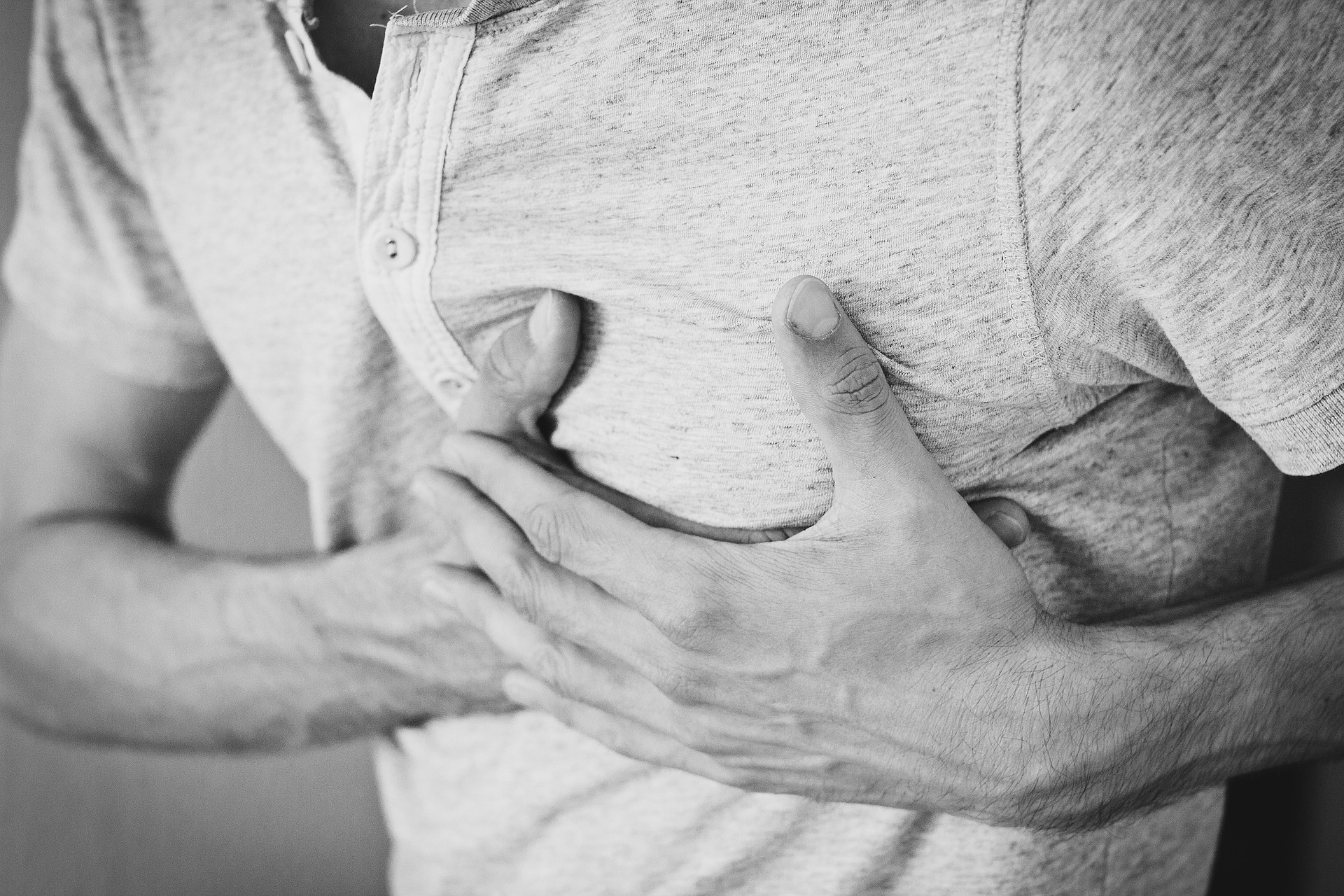
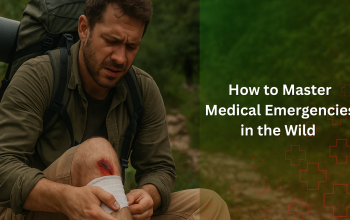
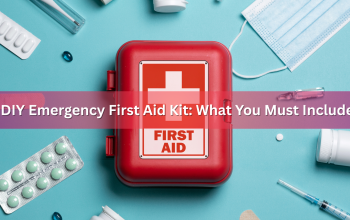
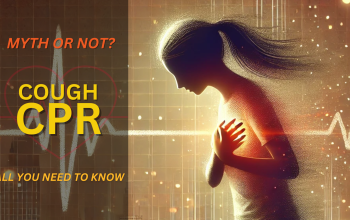
One thought on “Heart attack survival”